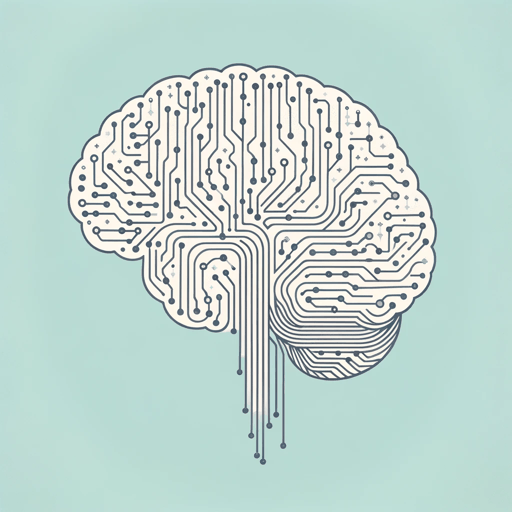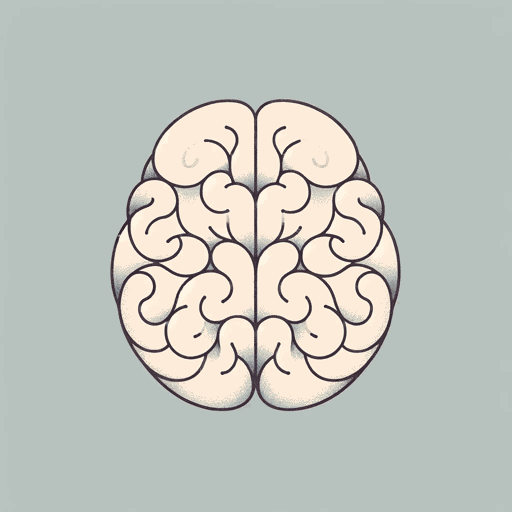60 pages • 2 hours read
Steven PinkerHow The Mind Works
Nonfiction | Book | Adult | Published in 1997A modern alternative to SparkNotes and CliffsNotes, SuperSummary offers high-quality Study Guides with detailed chapter summaries and analysis of major themes, characters, and more.
Symbols & Motifs
Computation
Pinker sets up his argument of how the mind works by introducing the computational theory of mind. This theory argues that the mind works using computations that result in neurons firing, triggering other neurons that fire if they reach their threshold, and ultimately building to identifying objects in our environment or speaking a sentence. Each step is a computation, and the combination of all the computations creates the final, larger outcome. Computation is, therefore, the language of the book. As Pinker moves into larger concepts like relationships and emotions, he still uses a computation framework, even if he is not explicit about it. Relationships are discussed in terms of the percentage of genes shared between individuals. Decisions are “weighed” by individuals before choosing a route. Experience “adds up,” people adjust connection weights as the evidence “accumulates” for a given trait belonging to a category. This kind of language is how many people talk about these phenomena. The idea of computation pervades our discussion of the mind, how it works, and how we live as humans.
Homunculi
Pinker brings up the idea of homunculi originally as a criticism leveraged against the computational theory of mind. Critics have argued that little homunculi would have to exist in the brain, making decisions about whether something was furry or barked or was brown.
Related Titles
By Steven Pinker






